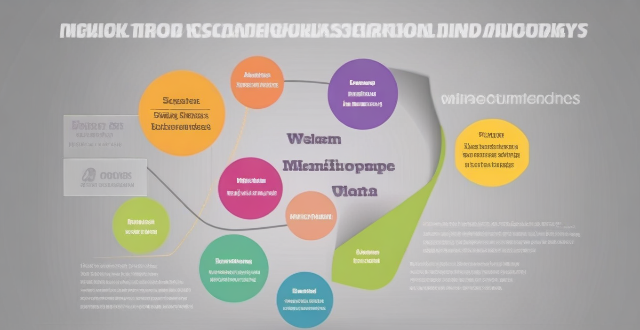Creating a weekly meal plan with low-fat recipes involves defining goals, researching recipes, planning meals, making a shopping list, prepping and controlling portions, and tracking progress. The process includes setting clear objectives, establishing caloric intake, finding online resources for recipes, ensuring nutritional information is available, planning breakfast, lunch, dinner, and snack options, creating a shopping list of perishables and non-perishables, dedicating time to meal prep, using smaller plates for portion control, keeping a food diary, and assessing physical and emotional satisfaction after one week to adjust the next week's plan accordingly.

Creating a Weekly Meal Plan with Low-Fat Recipes
Introduction:
Planning your meals is an excellent way to ensure that you eat healthily and stay within your dietary requirements. If you're looking to create a weekly meal plan with low-fat recipes, there are several steps you can take to make the process easier and more enjoyable.
Step 1: Define Your Goals
- Set Clear Objectives: Before you start planning, decide what you want to achieve through your low-fat diet. Do you want to lose weight, maintain your current weight, or simply eat healthier?
- Establish Caloric Intake: Determine how many calories you need each day based on your goals, age, gender, and activity level. Use this information to guide your meal planning.
Step 2: Research Low-Fat Recipes
- Online Resources: Look for websites, blogs, or cookbooks dedicated to low-fat cooking. Websites like EatingWell, Skinnytaste, and CookingLight offer a wealth of options.
- Nutritional Information: Ensure that the recipes you choose provide detailed nutritional information so you can track fat content accurately.
Step 3: Plan Your Meals
Breakfast Ideas:
- Whole grain toast with avocado spread
- Greek yogurt with fresh berries and a drizzle of honey
- Oatmeal cooked in skimmed milk with sliced fruits
Lunch Options:
- Grilled chicken salad with a light vinaigrette dressing
- Tuna salad wrap using low-fat mayo and whole wheat tortilla
- Vegetable soup with a small side of brown rice
Dinner Suggestions:
- Baked salmon with roasted vegetables
- Quinoa stir-fry with plenty of colorful veggies
- Spaghetti squash with turkey Bolognese
Snacks Alternatives:
- Apple slices with almond butter
- Carrot sticks with hummus
- Popcorn sprinkled with nutritional yeast
Step 4: Create a Shopping List
- Perishables: Fresh fruits and vegetables, lean proteins (chicken, fish, beans), low-fat dairy products.
- Non-Perishables: Whole grain pasta, quinoa, canned tuna in water, unsweetened almond milk, spices, and herbs.
Step 5: Prep and Portion Control
- Meal Prep: Dedicate one day of the week to prepping ingredients or even cooking some meals in advance to save time during the busy weekdays.
- Portion Control: Use smaller plates and bowls to help control portion sizes. Be mindful of serving sizes for foods high in calories but low in fat, such as nuts and seeds.
Step 6: Track Your Progress
- Food Diary: Keep a food diary to log what you eat each day. This will help you stay accountable and make adjustments if necessary.
- Feedback Loop: After a week, assess how you feel physically and emotionally. Are you satisfied with the meals? Do adjustments need to be made for the next week?
Conclusion:
By following these steps, you can successfully create a weekly meal plan filled with delicious low-fat recipes. Remember to be flexible and adjust your plan according to your preferences and results. Enjoy exploring new flavors while maintaining a healthy diet!